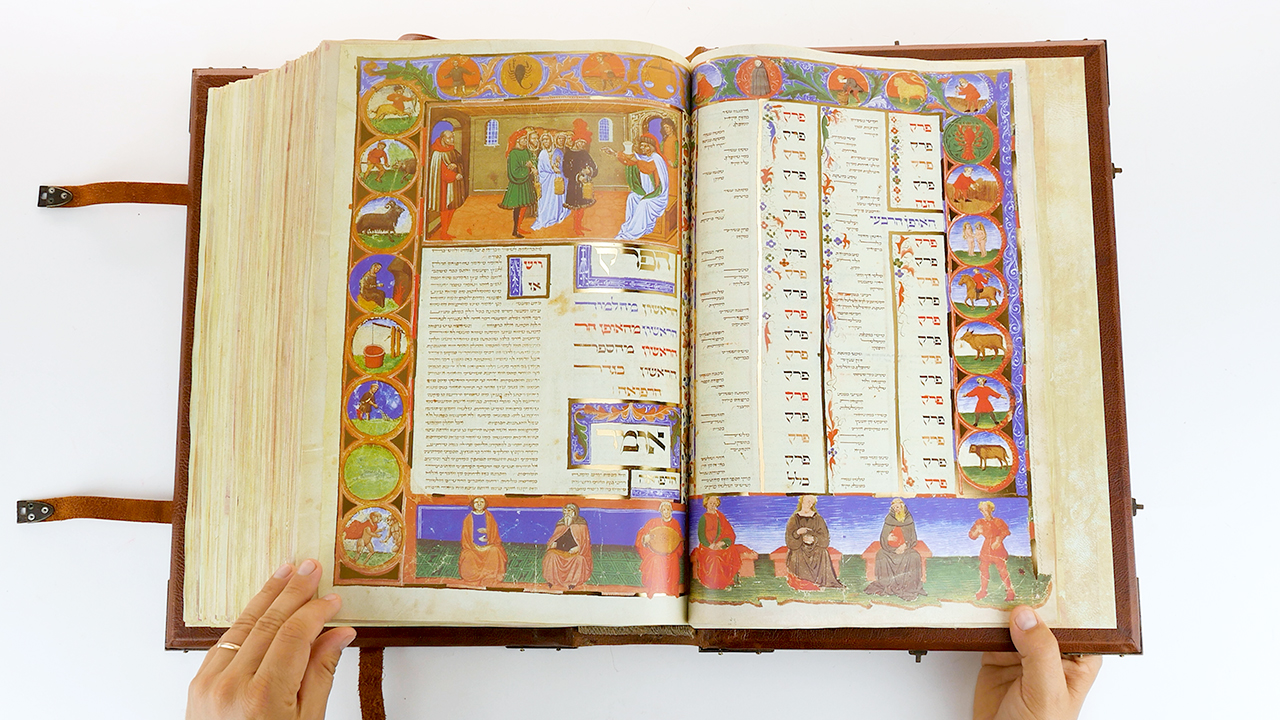

"Medicine is the science by which we learn the various states of the body in health, when not in health the means by which health is likely to be lost and, when lost, is likely to be restored. Avicenna believed that the human body cannot be restored to health unless the causes of both health and disease are determined. : 25–579 The book explains the causes of health and disease. Book 1 īook 1 is made up of six theses which give a general description of medicine in general, the cosmic elements that make up the cosmos and the human body, the mutual interaction of elements (temperaments), fluids of the body (humours), human anatomy, and physiology.

It set the standards for medicine in Medieval Europe and the Islamic world and was used as a standard medical textbook through the 18th century in Europe. The Canon of Medicine remained a medical authority for centuries. It presents an overview of the contemporary medical knowledge of the Islamic world, which had been influenced by earlier traditions including Greco-Roman medicine (particularly Galen), Persian medicine, Chinese medicine and Indian medicine. Perhaps one of the most famous and influential early books, that continued to influence later creations. The Canon of Medicine ( Arabic: القانون في الطب al-Qānūn fī al-Ṭibb Persian: قانون در طب, Qanun-e dâr Tâb) is an encyclopedia of medicine in five books compiled by Persian physician-philosopher Avicenna ( ابن سینا, Ibn Sina) and completed in 1025.


 0 kommentar(er)
0 kommentar(er)
